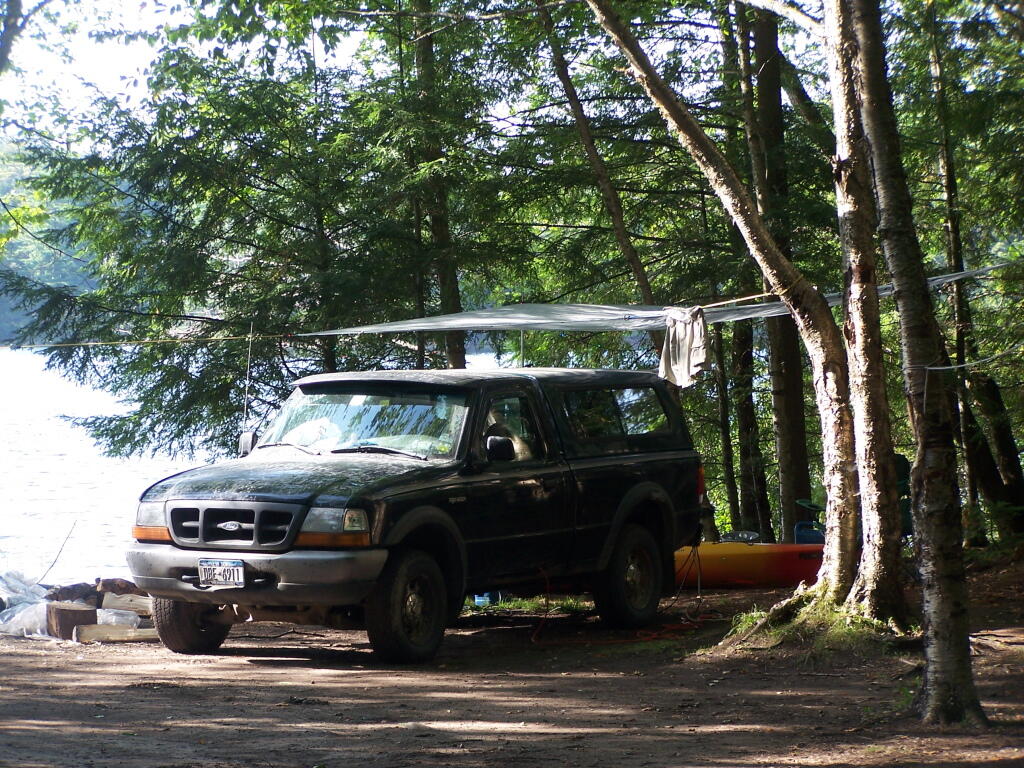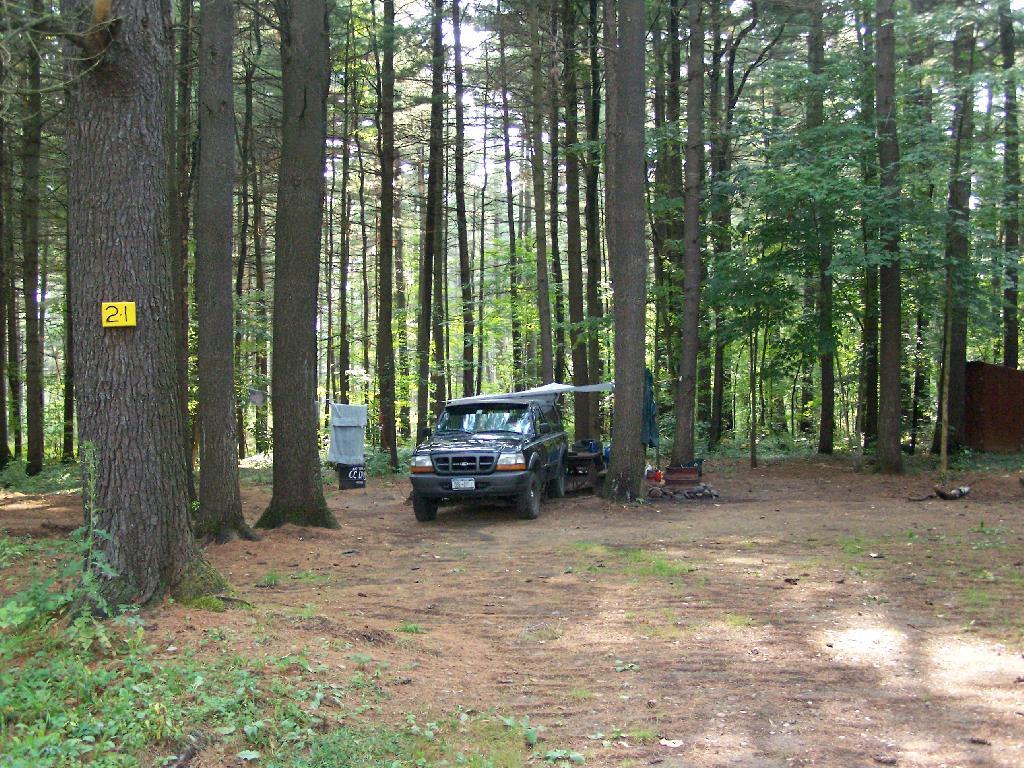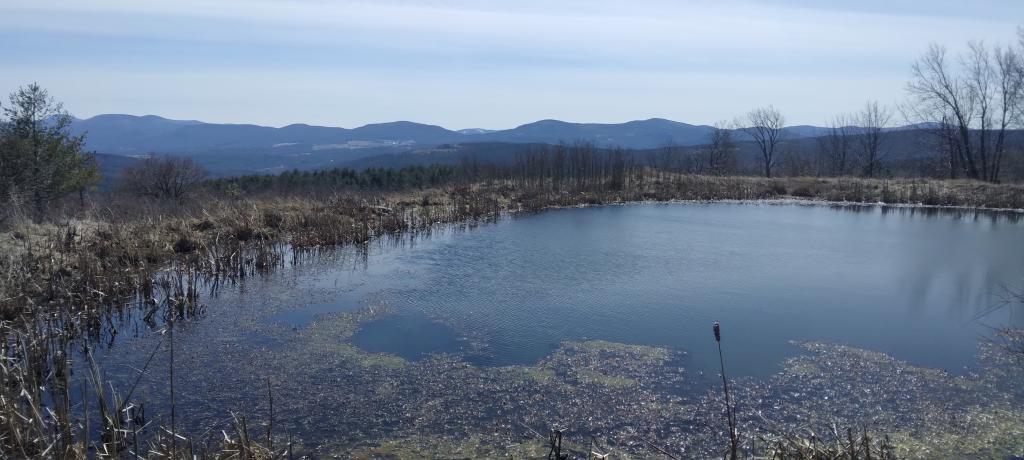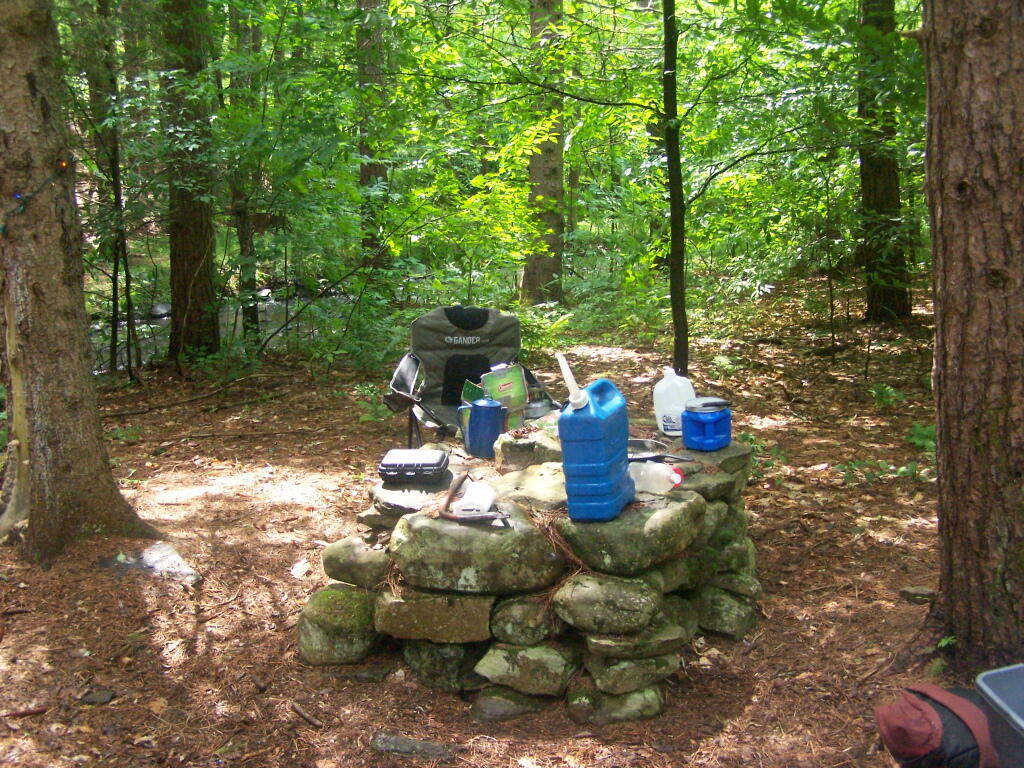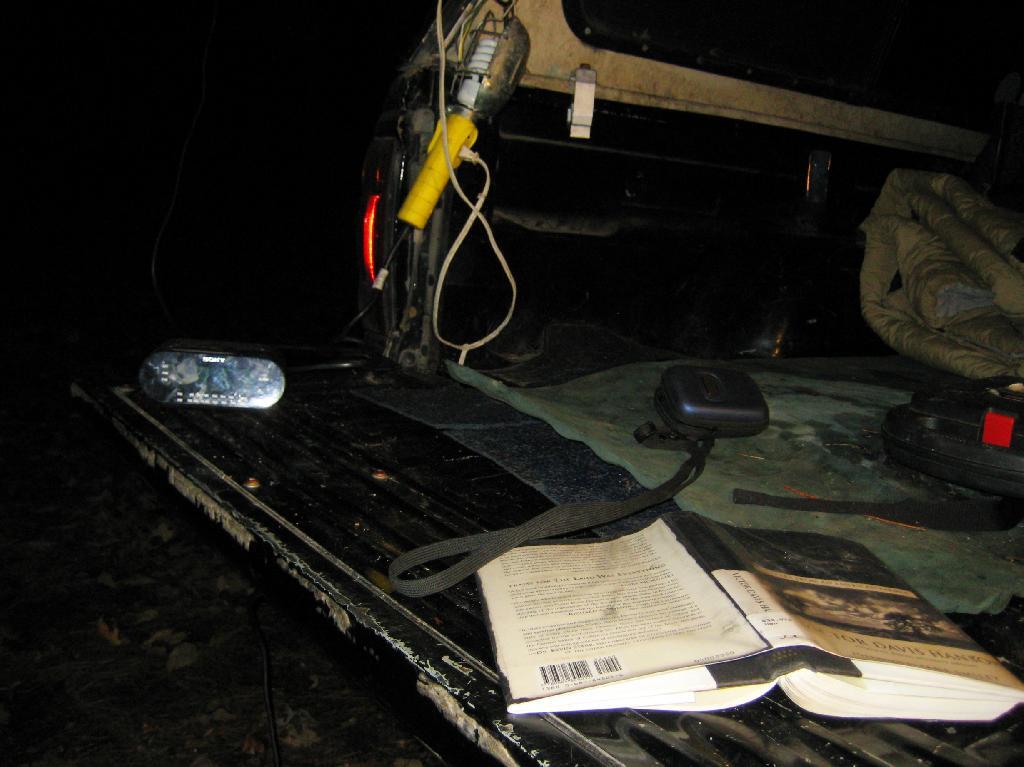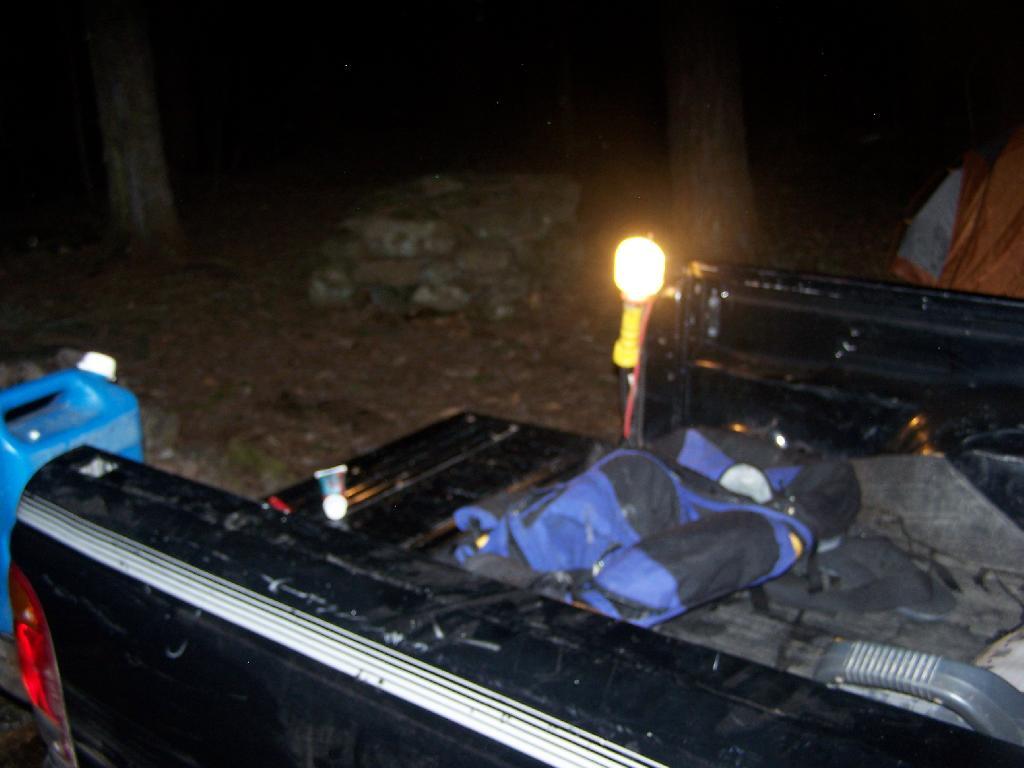Changing the differential oil—it’s one of the most-overlooked maintenance tasks on non-FWD light trucks, SUVs, and passenger cars. Because the differential is at the rear and under the car, it gets none of the star treatment that the engine up front does. However, if lubrication in the differential fails, you won’t be getting very far for very long. Fortunately, you only need to change this oil every 30,000 to 50,000 miles (as always, check your owner’s manual).
The differential is a component in all cars and is designed to compensate for the difference in distance the inner wheels and outer wheels travel as the car goes around a corner. In a rear-wheel-drive car, the differential has its own housing and lubrication, a thick, dark oil usually heavier than 80 weight. Front-drivers typically integrate the differential in the transmission housing and share the same fluid. The differential oil lubricates the ring and pinion gears that transfer power from the driveshaft to the wheel axles. If your car is fitted with a limited-slip differential, it also keeps all the moving parts in that assembly healthy. Changing this oil is just as important as changing your engine’s oil, and for the same reason. Metal-to-metal contact wears down surfaces and creates heat from friction, which inevitably weakens the gears and leads to failure. Checking and changing the differential oil in a light truck is actually pretty easy, and it’s only a bit more difficult in a car. In either case, this small procedure can save you a big headache down the road.
via How to Care for Your Car’s Differential – Popular Mechanics.

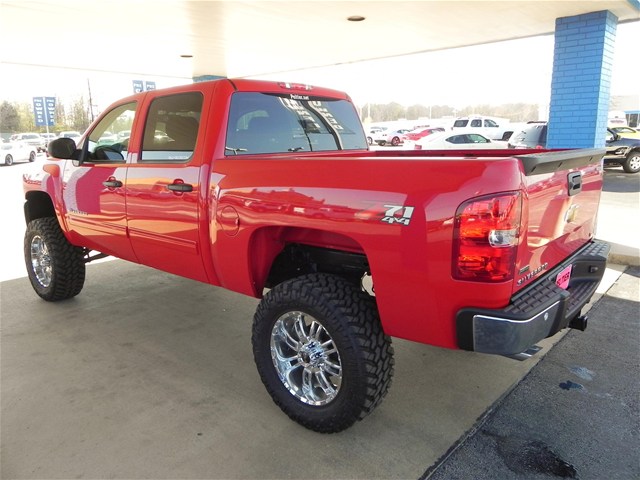
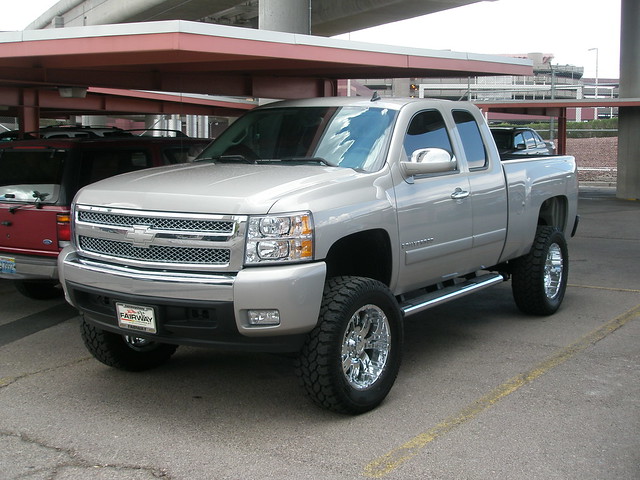
![Untitled [Expires August 8 2024]](https://andyarthur.org//data/photo_004387_large.jpg)
